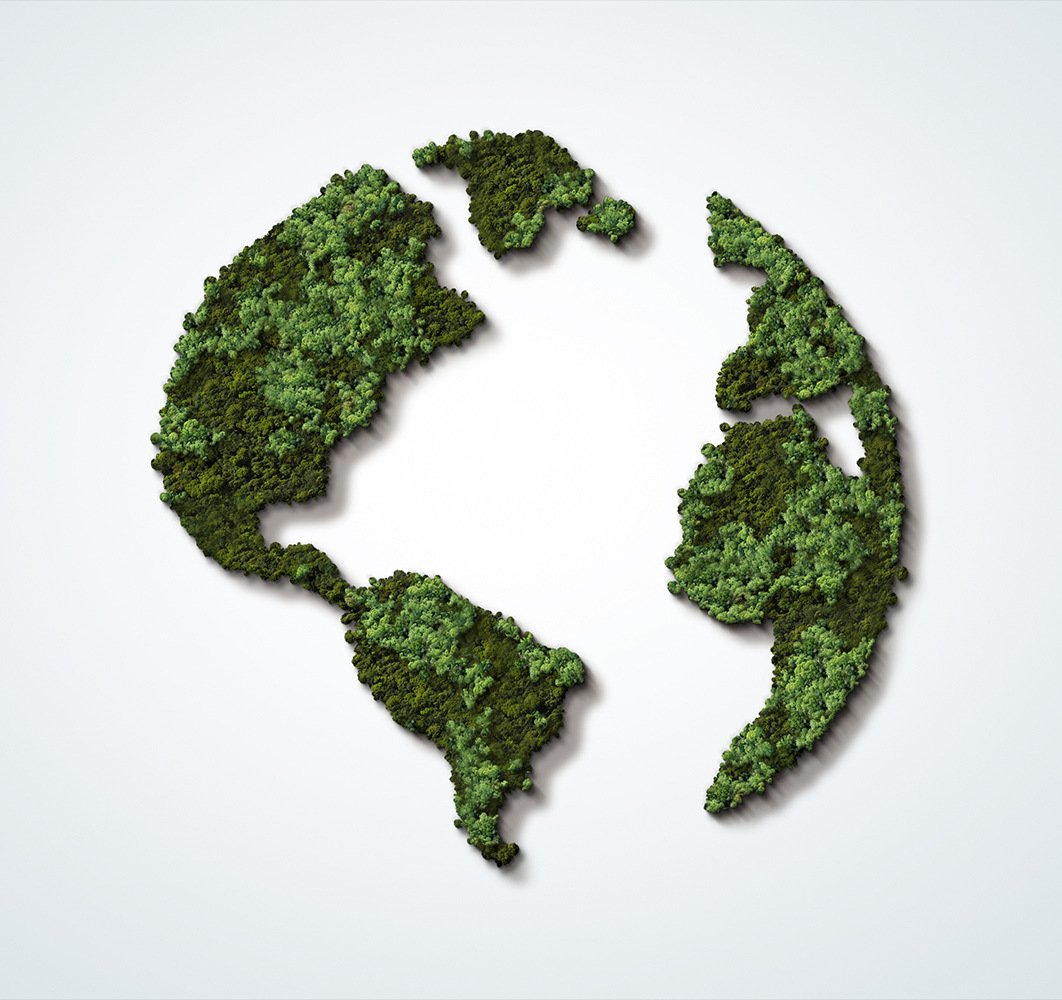The term circularity gap refers to the gap between our current linear economy and a fully circular economy. In a circular economy, we fully reuse raw materials. This puts less pressure on natural resources and reduces environmental pollution.
Definition of the circularity gap
The circularity gap measures how much raw materials we reuse globally versus how much we throw away or burn. The concept comes from the Circularity Gap Report, a periodic report that tracks the progress of the circular economy. By the way, the report does not tell us good news: the gap is getting wider. In 2020, for example, the circularity of the global economy was 8.6%. By 2022, the figure had stagnated to also 8.6%, and even dropped to 7.2% by 2024.
Importance of the circularity gap
Why do we need to reduce the circularity gap? The answer lies in the various environmental, economic and social benefits.
A circular economy seeks to minimize waste and maximize the reuse of raw materials. The goal is to close the gap between our current economic model and a completely sustainable model.
Environmental impact
Reducing the circularity gap leads to less extraction of natural resources. This reduces our environmental footprint and protects ecosystems.
- Reduces CO2 emissions
- Contributes to biodiversity conservation
- Reduces water and air pollution
Economic benefits
A circular economy offers economic benefits such as cost savings and new business opportunities. Companies can benefit from innovative business models based on reuse and recycling.
- Reduces dependence on raw materials
- Creates new jobs and markets
- Promotes sustainable growth
Social benefits
The transition to a circular economy promotes social well-being. It creates jobs and contributes to a better quality of life through a cleaner environment.
- Promotes social inclusion
- Improves quality of life
- Creates more equal opportunities
Causes of the circularity gap
Multiple factors contribute to the circularity gap, including resource use, waste generation, pollution and economic and social barriers.
- Use of raw materials
The depletion of natural resources plays a major role in the circularity gap. With increasing demand for raw materials, we are depleting the earth faster than it can recover.
- Waste and pollution
Waste production and environmental pollution contribute significantly to the circularity gap. We produce more waste than we can process or recycle, leading to pollution.
- Economic and social factors
Various economic and social barriers make the transition to a circular economy challenging.
Statistics and data
Recent data and statistics offer insight into the current state of the circularity gap worldwide. The Circularity Gap Report 2024 showed that only 7.2% of the global economy is circular. This means that more than 92% of raw materials are still used in a linear model.
Key statistics include:
- Global resource consumption is 100 billion tons per year.
- We produce 2 billion tons of waste annually.
- Only 9% of plastic is recycled.
These figures highlight the need for increased efforts to reduce the circularity gap.
The Circularity Gap report
The Circularity Gap Report is an important source of information on the progress of the circular economy. The report provides detailed analysis and recommendations for policymakers, businesses and individuals.
Key findings of the report:
- Only a small percentage of the economy is circular.
- There are large differences between countries and regions.
- Innovative solutions are needed to close the gap.
How can we narrow the gap?
Reducing the circularity gap requires concerted efforts by governments, businesses and individuals. Cooperation between different stakeholders is essential for the success of a circular economy. We can reduce the circularity gap by joining forces.

Meer weten?
Schedule a no-obligation introduction to discuss the circular transition further. Or download our practical step-by-step guide Move the Date, featuring tips to make your business more circular. Together, we can work on closing the circularity gap.
Stay informed
Stay up to date on all new developments? Follow us onLinkedIn and Instagram or subscribe to thenewsletter. Are you curious about what Milgro can do for your operations and waste process? Then get in touch.













